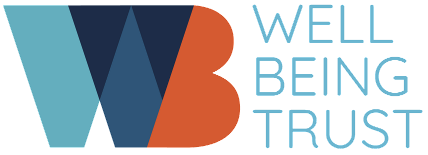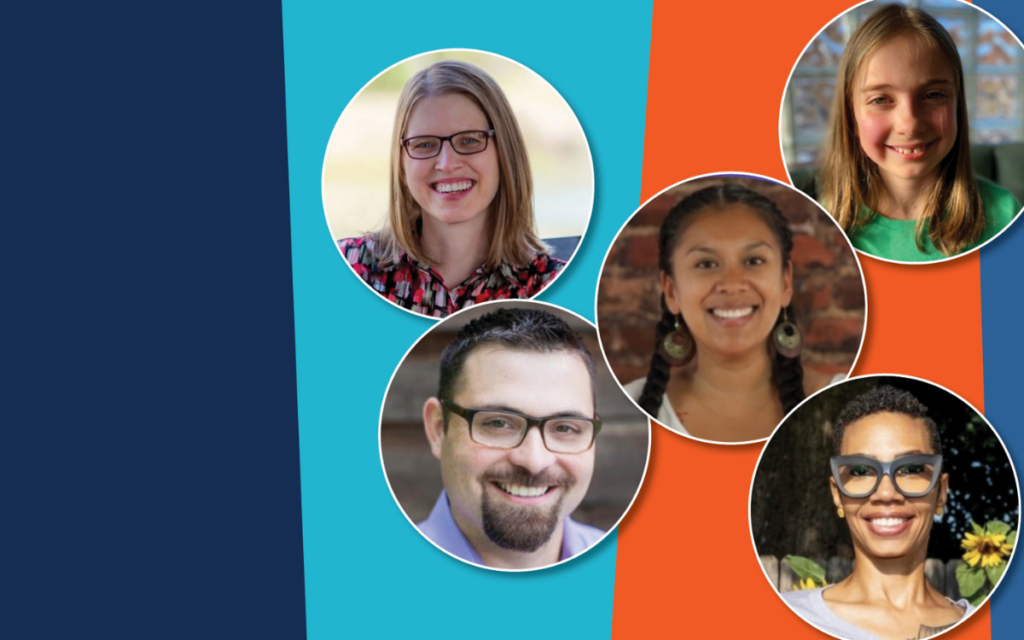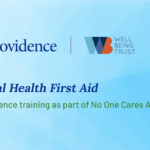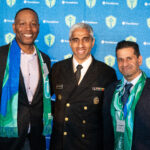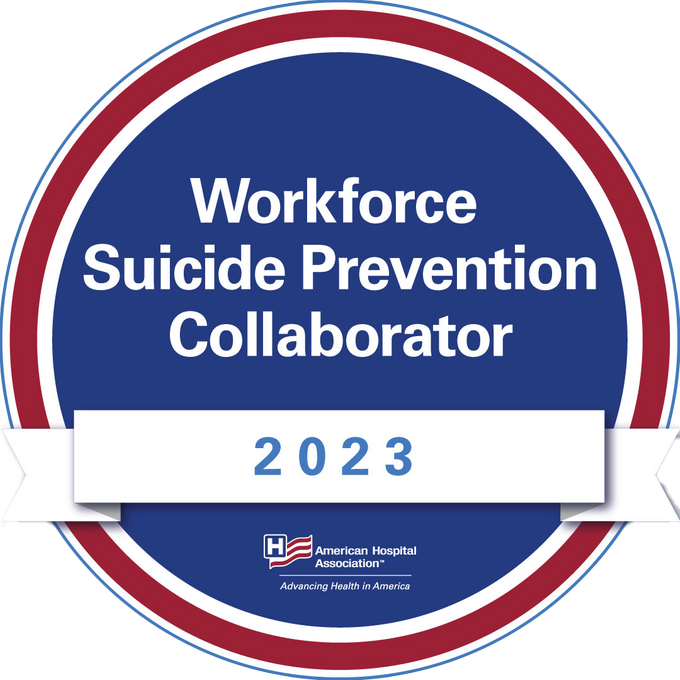Foster friendship and connection. Strengthen neighborhood bonds. Reduce social isolation and loneliness.
These are among the goals Social Health Labs is supporting by awarding a $1,000 community microgrant every month this year. The funding is designed to empower individuals who feel inspired to take action in their own neighborhoods.
The inspiration for the initiative springs from the experience of Kasley Killam, founder of Social Health Labs. Based on an afternoon social gathering of 15 millennials and 15 seniors in 2018, she found that local projects involving a small number of people in a large way can have ripple effects, ultimately reaching many more people than the number originally involved.
Killam’s specific passion is for implementing strategies to reduce loneliness—a public health issue as damaging as smoking—and to improve social well-being. The microgrants program aims to improve social health at individual and community levels by working with grassroots leaders. The power of such local community action complements broader policy and educational initiatives designed to promote social health.
“Too many people in the U.S. feel disconnected from each other and from their communities, and the microgrants program is about empowering local action to change that. Each one of us has agency in the neighborhoods we live in, and the grantees are evidence that anyone can step up and bring people together. I am constantly inspired by their creativity and commitment.”
Kasley Killam, Founder, Social Health Labs
There’s tremendous diversity among the people, goals, geography, and projects selected so far, yet what lies at the heart of each effort is fostering connection. Whether creating new relationships and community comes from making art together, collaborating in a community garden, or “just” being social, research shows it contributes to greater happiness, better health outcomes, and even longer lifespans. And everyone is having fun, too!
The Social Health Labs microgrants program is funded by the Well Being Trust.
Below we feature five microgrant award recipients. Read these inspiring stories about individuals and the community projects they are leading to foster friendship and connection, strengthen neighborhood bonds and reduce social isolation and loneliness.

Tina is a freelance marketer and lives in the Charleston, South Carolina area. She previously enjoyed doing volunteer work with people with developmental disabilities and plans to start volunteering again once the worst of COVID has passed, possibly with a ministry.
What inspired you?
I chose to start a craft group because I thought it might help to have a shared interest we could do online. Otherwise, our shared interest would just be talking about the pandemic. It was nice to have something positive to focus on. I supplied the free art supplies needed for each class including an instruction book for some subjects.
My goal was to foster friendship and connection and reduce the isolation we’ve had from COVID.
How did your community respond?
It was surprisingly tough to get started despite all my outreach. I really hoped to find more people in my neighborhood, but didn’t. I expanded to people in my town of Mount Pleasant so I could help build some community.
I had 50 people sign up to show interest and eventually ended up with a core group of 12.
I held art and craft making events—virtual and in person—from March through June using the funding. In June, only previous attendees were invited to focus on continuing to build new relationships.
Classes included drawing faces; bookbinding; abstract painting; using acrylic pens on canvas bags; brush pen instruction; black and white drawing; acrylic painting and using watercolor inks, colored pencils and watercolors.
A core group is ongoing and met in July, August and September with an event scheduled for October.
I think this would be a great project for special needs adults, hospice patients, or high-risk groups.

What inspired you?
I believe that when neighbors know and understand each other, they are able to care for each other in important ways. Building a sense of neighborhood connection—where neighbors pick up something at the grocery store or shovel snow in the winter—results in a higher quality of life for everyone in the area.
Our community and neighbors are diverse in age and cultural backgrounds and include retiree-empty nesters, young families, tech workers and those who work in local business and on farms. I wanted to create a gathering area to focus on building connection and strengthening neighborhood bonds.
How did your community respond?
Our community responded well to our extremely simple plan. We purchased picnic tables to create an outdoor gathering area and shared space. We also hosted an evening meal every Monday during the summer.
The idea proved to be popular. Every week was another surprise to witness neighbors learning about each other and connecting in new ways. We hoped that ten to fifteen people would join us for dinner each week and received double the response we expected.
We served dinner every week from July through August, for a total of nine meals with an average of 25-30 people each time. We fed about 50 different people altogether.
The plan helped with combating loneliness. Besides getting to know neighbors, it was also just plain fun to be with people and be outside, enjoying this time together.

What inspired you?
Sydney originally thought it would be a good idea to get kids involved in the health clinic’s Patient Advisory Council. The Council thought that was a wonderful idea also. The ins and outs of why and what were still being formed over a few years.
What do kids do when they want to celebrate or share support? What do kids do to help others feel better?
Make cards!
Sydney thought getting a card might help her friends. Sydney then talked to the Patient Advisory Council about the idea to make cards for patients. The Council approved!
My sister, mom and I want to create a Kids Club at the health clinic to foster friendship and connection. Kids will work with other kids and other patients to send cards to bring smiles, “congratulations on the arrival of a new sibling”, to say “thinking of you” or, “sorry for your loss.”
Besides bringing our local community together, we wanted to reduce social isolation and loneliness.
What has been the response from your community?
We are just getting started with the Kid’s Club. I want to ask pre-school through 6th grade for help making cards. So far, those that are aware of the idea smile and feel happy and inspired about the idea, too.
A dozen cards have been sent so far. More cards will be sent soon on a consistent basis to people hospitalized. For now, more people are starting to learn about the Kid’s Club.
“As a formerly incarcerated individual, I understand the impact of incarceration on loved ones, especially kids, and I believe art can be a tool for healing and conversation.” – Darlene Luca from California
Darlene assists community re-entry and teaches entrepreneurship for current and previously incarcerated individuals. She is also an advocate for youth and juvenile justice reform and sits on the advisory boards of two organizations serving marginalized youth. Darlene, her husband and three teenagers live in the Los Angeles, California area.
What inspired you?
During the pandemic, my kids—like many others across the country—were craving connection with their peers. On Valentine’s Day my daughter shared her desire to “spread love and kindness” by delivering Valentine gifts to her friends as they were not together at school. She inspired me to create a space for youth called No Estas Solo or You are not Alone.
The pandemic added more stress and worry for kids with a parent incarcerated as all prison visits stopped for months. Kids were left wondering about and missing their mom or dad. As our city was slowly opening up, I wanted to bring youth together and create a day of community-building and healing through creativity and art to let them know they were not alone.
How did your community respond?
We received positive responses from the community and I was able to obtain support and sponsorship from other non-profit organizations when I shared the idea. They donated space, shoes, clothing, backpacks and supplies, helping expand the idea of a small gathering into something I didn’t imagine. A few volunteers also helped cook and serve food for everyone.
About 30 kids participated and several families attended. Kids received back-to-school supplies, a pair of Vans shoes, and a t-shirt they created through an art activity. We also held a painting workshop.
Families shared smiles, laughter and healing through shared experiences. I was asked if I could come back and hold another family event and several people even offered to volunteer next time.
“A once thriving community has turned into an eye sore…many neighborhood associations are working in silos instead of together and most members are aging. I hosted a gathering…of these groups and youth to collaborate on improving the community, starting with a shared garden.” – LaTasha Timberlake from Oklahoma
LaTasha is a native of Oklahoma and has worked in education for over 20 years. She now also creates educational programming about food and healthy eating through her nonprofit Lillian Timber Farms—a community garden open to the public, named after her grandmother. LaTasha also serves as a mentor for youth and young professionals and is a certified herbalist, life coach, and holistic wellness practitioner.
What inspired you?
We live in a very divided city, so my goal was to get neighborhood associations and community members to gather without walls. We support the concept of community being inclusive and not divided by zip codes. I wanted to strengthen neighborhood bonds; build community cohesion locally; and bridge interpersonal and intergroup divides.
How has the community responded?
We have had a very positive response that began by organizing meetings of three different neighborhood associations to find out about their level of food insecurity and garden needs. We also attracted a pool of about 70 volunteers to help with garden work projects and ongoing programming.
To meet different neighborhood needs, we brought a dormant community garden back to life and started a new one in a donated backyard. Eight or nine community work parties of volunteers did the clearing and planting work needed at several garden locations.
Our work gained notice—including media attention—which led to additional microgrants and support for more activities. For example, we handed out seeds to plant to 100 kids and families at an event held at the Oklahoma City Zoo. We also just started work on a butterfly garden at the botanical garden.
So far, more than 300 people have gathered to learn about healthy eating, work in a community garden and help improve the community.
Learn more
To learn more about the grantees and their community-based programs, visit socialhealthlabs.com/microgrants.
